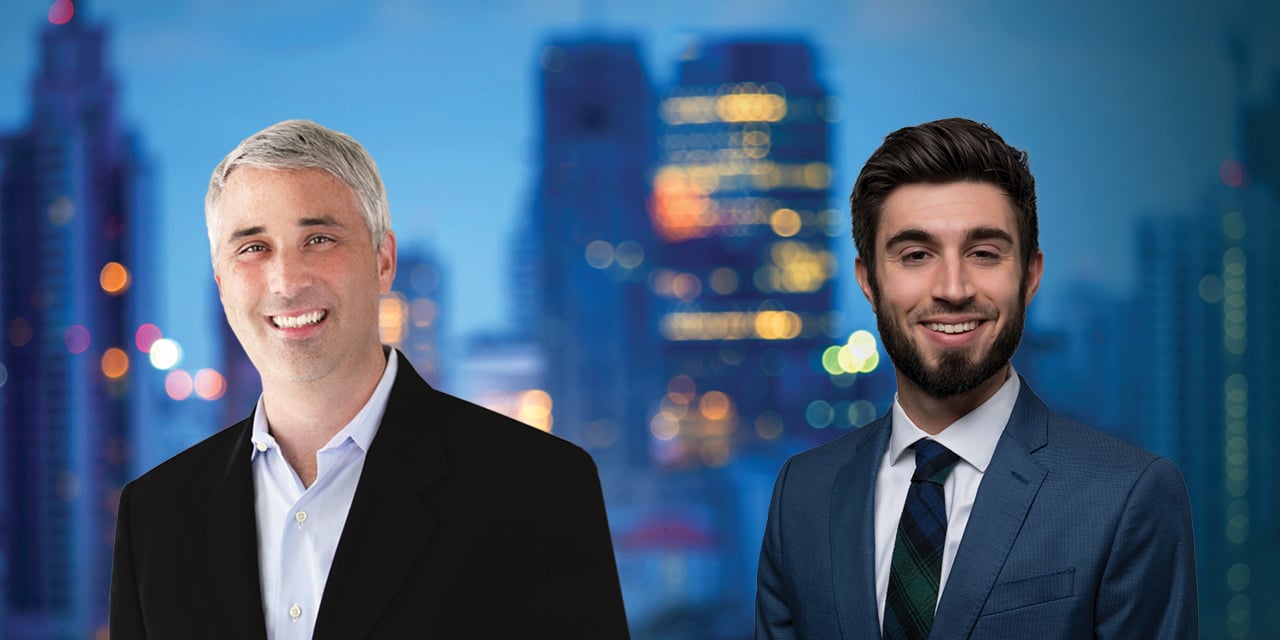
Five for Friday
January 16, 2026
What Drove Markets in 2025, Dollar, Jobs, Healthcare, and Did You Know?
1. Profits
2025 was a busy year. From the tariff shock to the AI buildout to the longest government shutdown in history, there was no shortage of market-moving events. Which could, in theory, make untangling the year a difficult task. But as we look back on 2025 today, the story of the stock market is actually profoundly simple: the companies that make up the stock market…made a lot of money. That is to say, corporate profits were up a double-digit percentage, profit margins expanded to record highs, and valuations barely budged. Looking to 2026, investors expect much the same. This is exactly what you want to be seeing in year 4 of a rally – the length and sustainability of bull markets depend on the success with which the first half of the rally – driven by valuation expansion as sentiment improves – can hand the baton to the second half – driven by earnings growth and economic expansion. So far, the handoff has been pretty seamless, and you just have to be thankful that we can so easily invest in such well-honed, money-making machines.
2. Dollar
The relative weakness of the U.S. dollar in 2025 kicked the door wide open for bad actors to propagate the “death of the dollar” narrative to anyone willing to listen. I’d push back (heartily). First, the dollar’s 2025 weakness was not overly dramatic, as shown in the chart. In fact, as discussed in our quarterly note, the dollar is tracking almost perfectly to President Trump’s first term, so this is not new ground—and is perhaps not surprising for an administration that has touted the benefits of a weaker dollar (at times). Second, and more importantly, currencies are cyclical. There have been bouts of dollar weakness over the last 50 years far more pronounced than the current drawdown (again, see the chart), and none wrought the death of the greenback. The irony of the discourse is that in recent decades, a falling dollar has actually led to outperformance from both U.S. and global stocks. That is to say, rather than something to fear, it has been worth cheering on.

3. Jobs
Perhaps the biggest macroeconomic risk in 2026 (outside of a crazy event like Covid-19) is that the labor market cracks and drags consumer spending down with it. Our economy is roughly 70% consumption, so people working and spending matters more than almost anything else, and there has been enough weakness in recent months to bring the worry to the top of my list. That said, things look solid enough for now. Two of my favorite labor market indicators are still positive – a 4-week moving average of initial claims for unemployment insurance is at its lowest level since April 2024 and the employment-to-population ratio for people aged 25-54 is still near cycle highs (and remains higher than it ever was between 2002 and 2022). The labor market is less dynamic than in 2021-2023, but if firing is low, wage growth is above inflation, and key earners are working, this labor market should be able to support solid consumer spending in 2026.
4. Jobs II
The S&P has now had a positive return 3 years in a row and if 2026 is to be positive, that would mean 4 consecutive up-years. Now, that might sound like a big ask but it is actually quite common. Since 1928, there have been 36 calendar years that followed a stretch of 3 straight up-years. And the median return in that fourth year? +15%. It might be prudent to temper expectations if you’re hoping that 2026 will match the stellar annual returns of 2023 (+26%), 2024 (+25%), or 2025 (+18%). But recent strength alone is not a reason to be bearish today.
5. Did you know
that over the last century, U.S. stocks have had more years with a 25%+ return than years with a negative return? And the average return of 10.5% over that stretch was good enough to turn $100 into $2.1 million? Not bad at all.
Disclosures
This is not a complete analysis of every material fact regarding any company, industry or security. The opinions expressed here reflect our judgment at this date and are subject to change. The information has been obtained from sources we consider to be reliable, but we cannot guarantee the accuracy. Market and economic statistics, unless otherwise cited, are from data provider FactSet.
This report does not provide recipients with information or advice that is sufficient on which to base an investment decision. This report does not take into account the specific investment objectives, financial situation, or need of any particular client and may not be suitable for all types of investors. Recipients should not consider the contents of this report as a single factor in making an investment decision. Additional fundamental and other analyses would be required to make an investment decision about any individual security identified in this report.
For investment advice specific to your situation, or for additional information, please contact your Baird Financial Advisor and/or your tax or legal advisor.
Past performance is not indicative of future results and diversification does not ensure a profit or protect against loss. All investments carry some level of risk, including loss of principal. An investment cannot be made directly in an index.
Copyright 2025 Robert W. Baird & Co. Incorporated.
Other Disclosures
UK disclosure requirements for the purpose of distributing this research into the UK and other countries for which Robert W. Baird Limited holds an ISD passport.
This report is for distribution into the United Kingdom only to persons who fall within Article 19 or Article 49(2) of the Financial Services and Markets Act 2000 (financial promotion) order 2001 being persons who are investment professionals and may not be distributed to private clients. Issued in the United Kingdom by Robert W. Baird Limited, which has an office at Finsbury Circus House, 15 Finsbury Circus, London EC2M 7EB, and is a company authorized and regulated by the Financial Conduct Authority. For the purposes of the Financial Conduct Authority requirements, this investment research report is classified as objective.
Robert W. Baird Limited ("RWBL") is exempt from the requirement to hold an Australian financial services license. RWBL is regulated by the Financial Conduct Authority ("FCA") under UK laws and those laws may differ from Australian laws. This document has been prepared in accordance with FCA requirements and not Australian laws.


